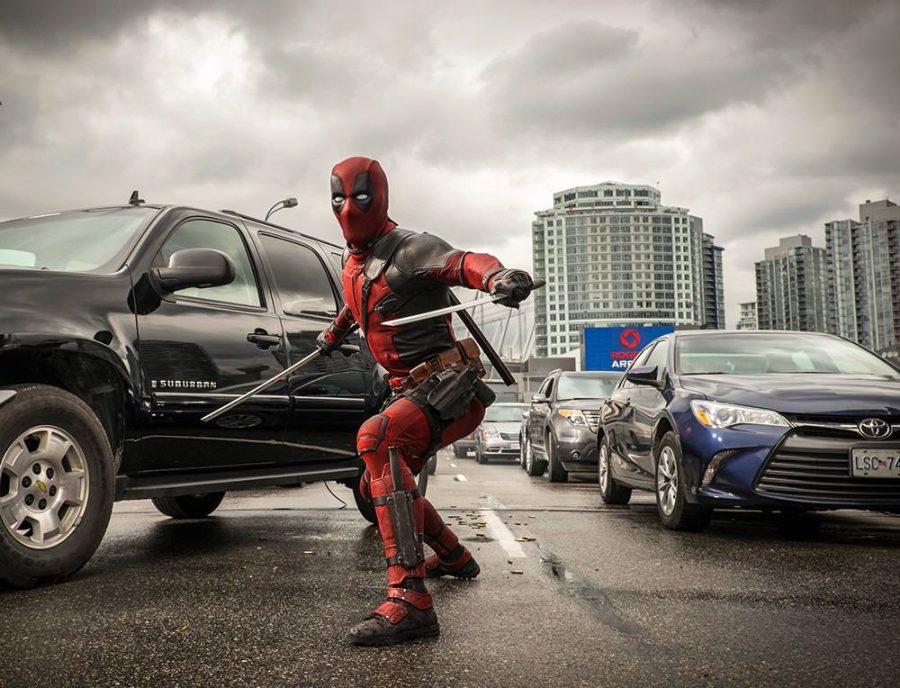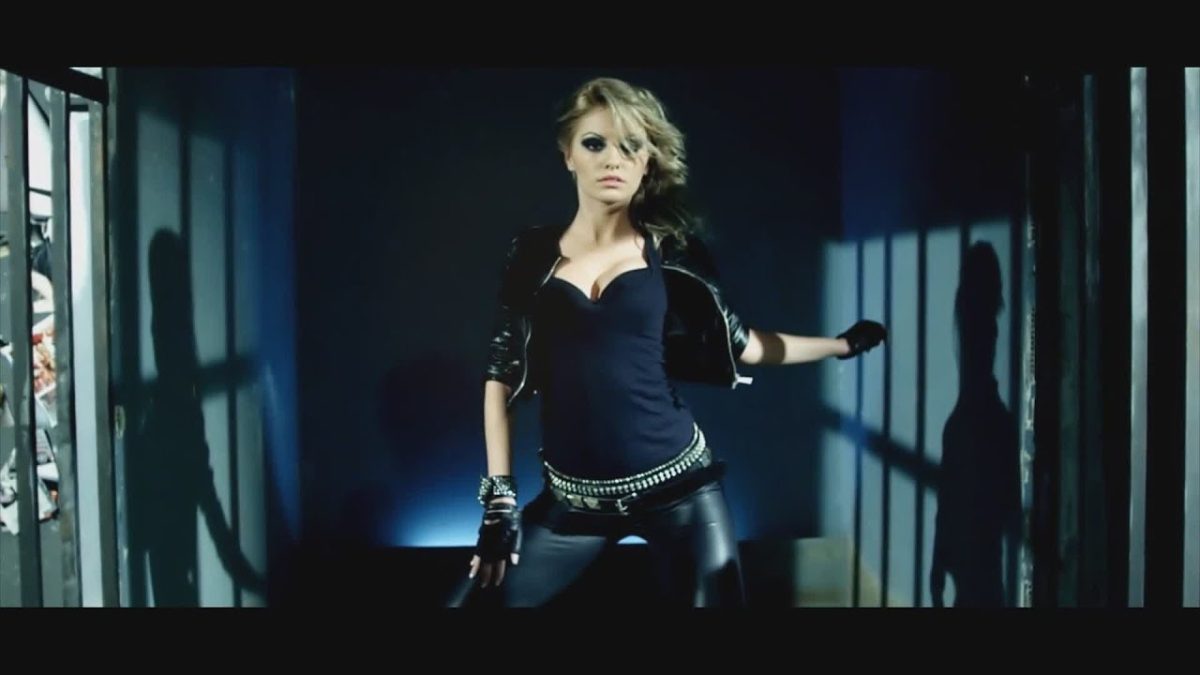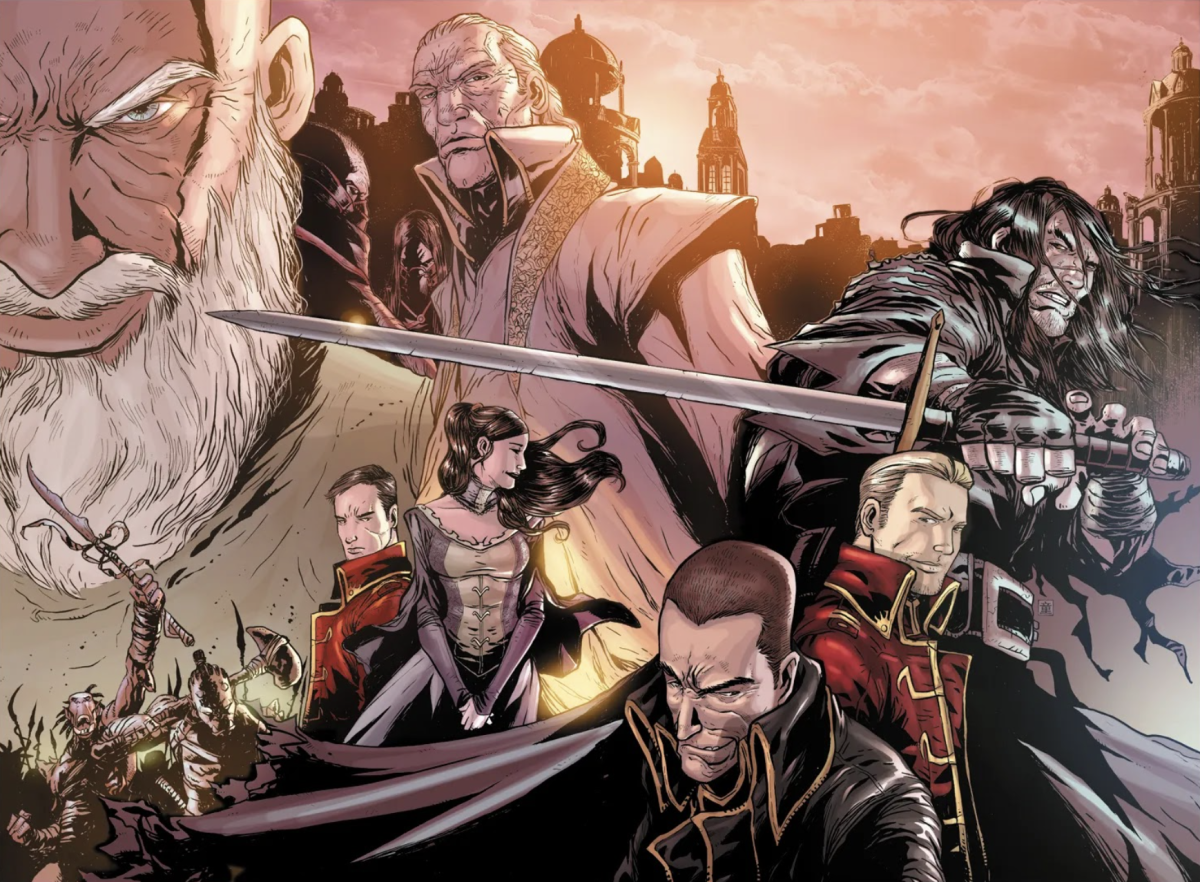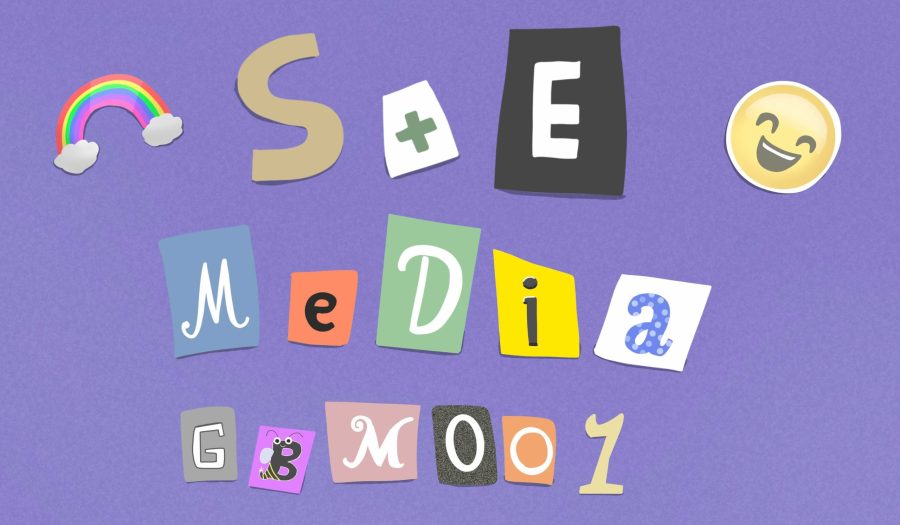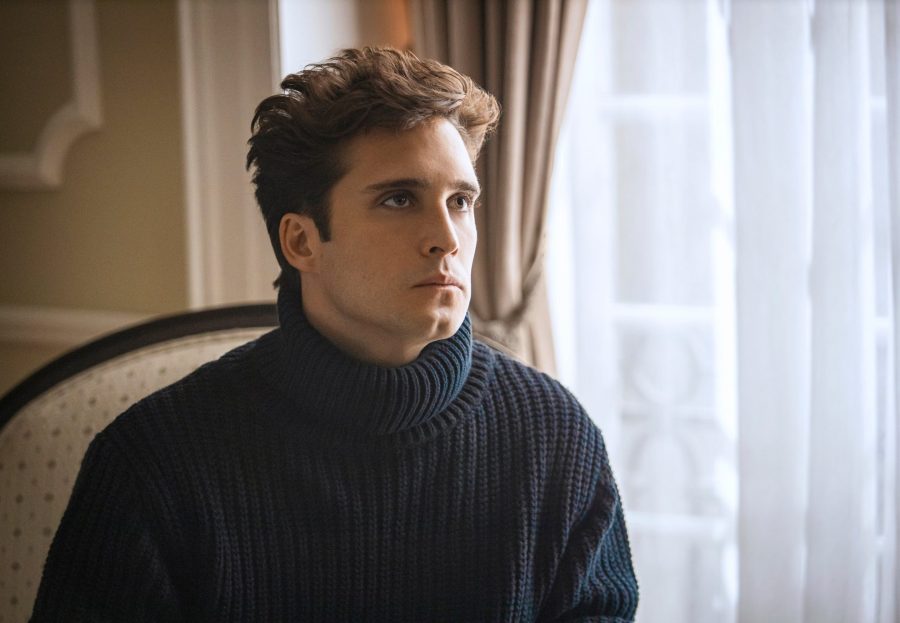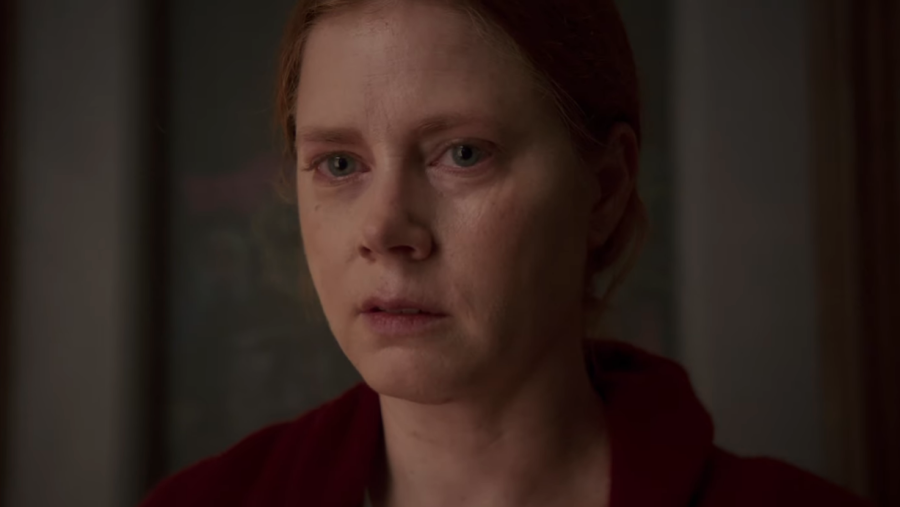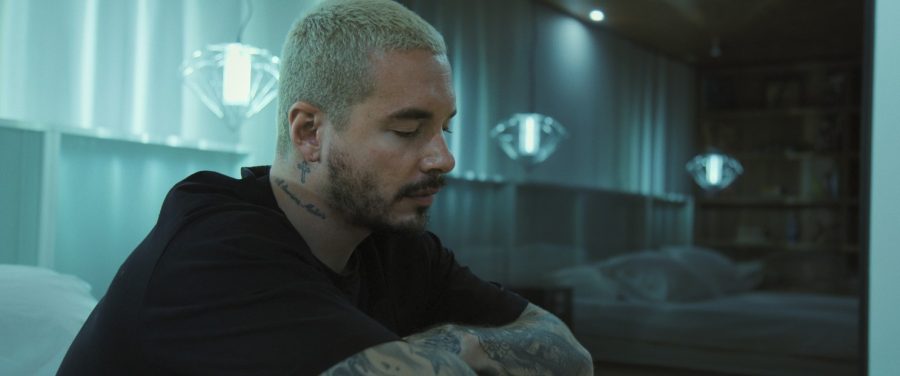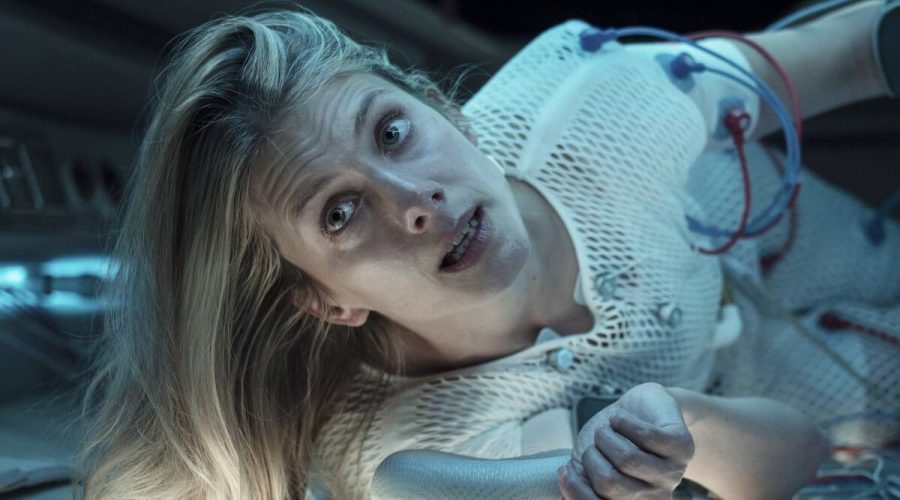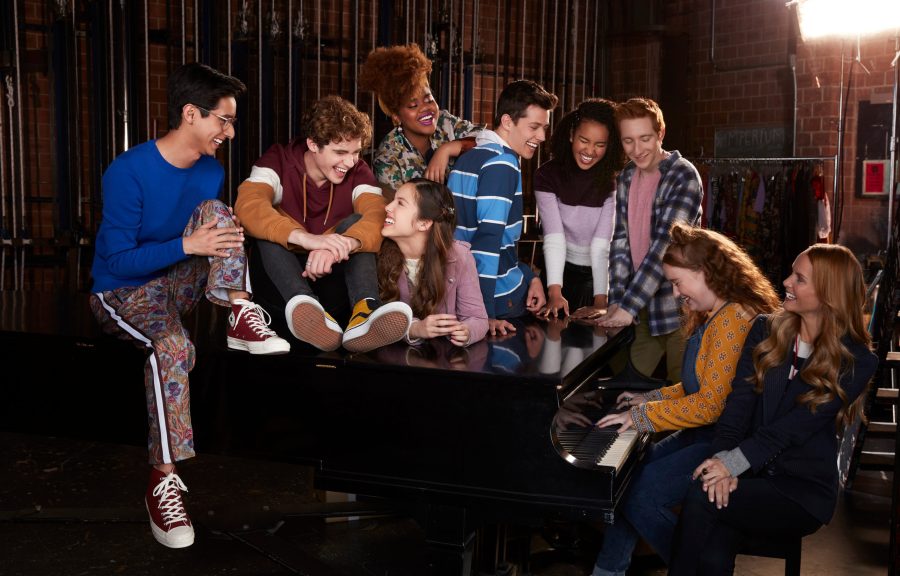If all you want from “Deadpool” is ass-kicking and dirty jokes, then you must be on Santa’s nice and naughty list.
Rating: 3.5/5.0
Directed by: Tim Miller
Starring: Ryan Reynolds, Morena Baccarin, Ed Skrein, T.J. Miller
Release Date: Feb. 12, 2016
Rated: R
Despite what the Internet will have you believe, “Deadpool” is not a game-changer. Unique, it is, special, it is not. Though it will likely inspire countless cheap copycats, it will not revolutionize the comic-book genre in any significant way. However, it is, to the audience’s delight, exactly what the film’s marketing team promised — juvenile, crass and meta as hell.
And here lies the strength of the film: it knows what it is and who it wants to please. As the film starts rolling and the opening credits appear, the fanboys and their haughty laughter are instantly exposed. The term “fanboy,” though often used as an insult, is in this case used merely to distinguish those who will recognize the referential jokes that comprise at least a quarter of the film from those who won’t. Non-fanboys will merely chuckle in solidarity at these moments, Google the reference later and proclaim to have gotten it all along.
Beyond the potentially isolating references though, there is still much to enjoy in “Deadpool.” Not least of these are the action sequences, which are choreographed to be much more rapid and acrobatic than what is typical of American cinema (see Vin Diesel).
Furthermore, some of the acting is quite commendable. Ryan Reynolds, who naturally inhabits Wade Wilson as much as Robert Downey Jr. inhabits Tony Stark, nails both the vulgarity and sentimentality of Deadpool. As the producer who was the primary proponent of the film getting made, his passion for the antihero emerges and manifests into an obnoxious yet undeniably lovable personality that will be heralded years beyond the film and its inevitable sequels. T.J. Miller also excels in his limited comedic roles and Ed Skrein offers an pleasantly intimidating presence as the villain. Morena Baccarin, in particular, deserves a lot credit for exhibiting strength and sincerity in a role that unfortunately never transcends beyond merely being Deadpool’s love interest.

It is here that the movie begins to collapse into generic comic-book movie territory. From the unexplained abilities (when did he learn how to do triple corkscrew backflips?) to the contrived love story (who doesn’t hate a damsel-in-distress?), “Deadpool” calls upon some of the genre’s worst flaws.
What ultimately kept the Marvel adaptation from being great, though, is not even its addiction to superhero tropes; it is the movie’s surprising lack of visual style. For a movie branded to be strange and perverse, it was aesthetically quite bland. There barely seemed to be even an attempt to distinguish the film’s look from that of other comic-book films. Indeed, Deadpool is meant to exist within a mundane and ordinary universe, but this should not limit the movie from flaring his unique traits. An ass shot here and a headshot there are nice, quick gags, but the movie lacks an overarching aesthetic that communicates the inherent absurdity and hilarity of the character.
And thus, “Deadpool” will forever rest among all of the good movies that had every reason to be great and all of the comic-book movies that opted to be safe. After spending many years roaming anxiously in development hell, the uninspired results suggest that it might have benefited from a few more.


